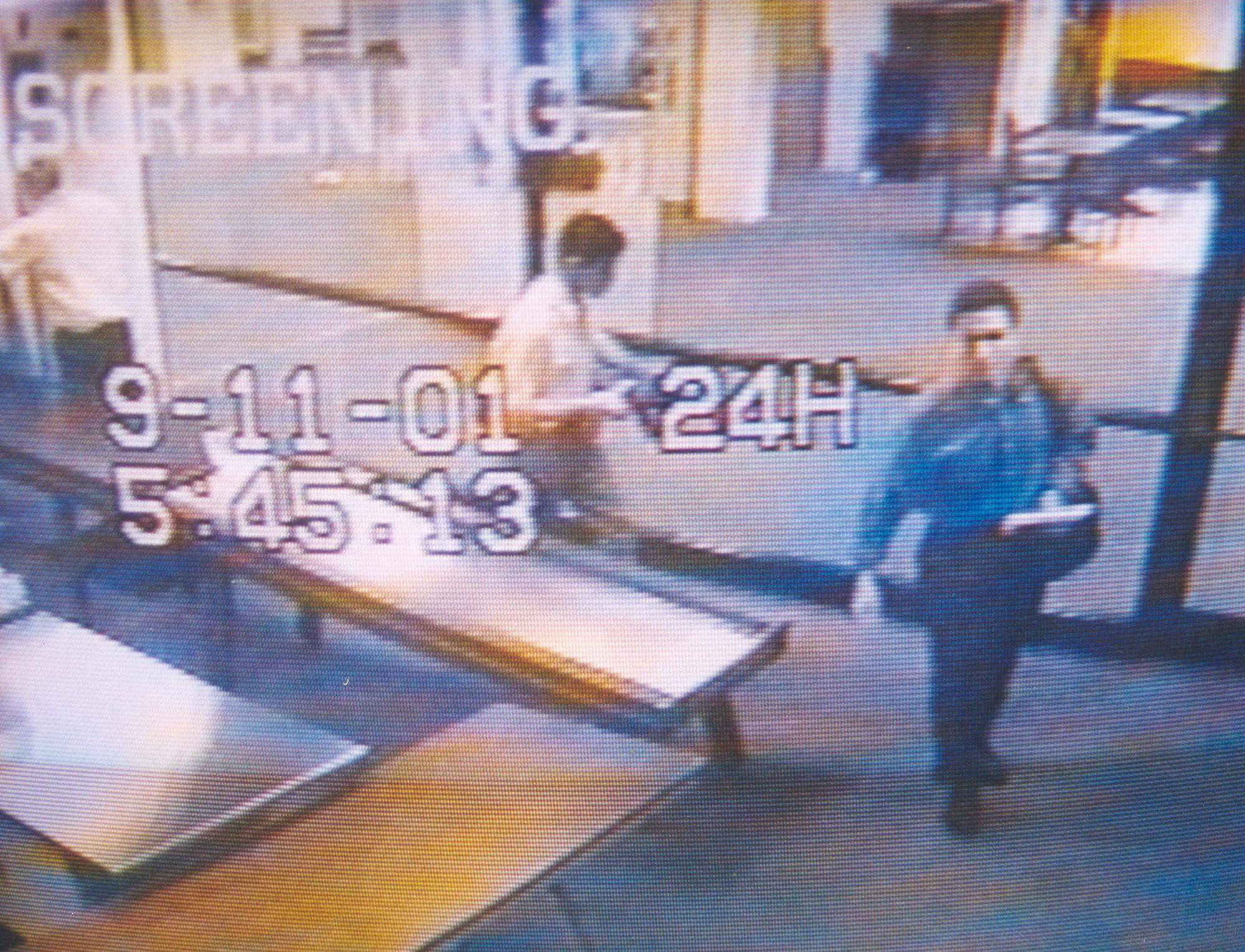
Why Mohammed Atta Chose That Particular Tuesday in September for the Attack
In this series, Newsweek maps the road to 9/11 as it happened 20 years ago, day by day.
The date for the planes operation is set. At 2:12 p.m. on August 25, Mohammed Atta logged into his Travelocity account. He shopped for flights from Washington Dulles International Airport to Los Angeles and from Boston to Los Angeles, all departing around 8:00 a.m. on the morning of September 11.
There seem to be two primary reasons for his choosing that particular day: that it fell after Labor Day when most Americans (and the George W. Bush administration) would be back at work, maximizing the impact in terms of killing people; and that it was a Tuesday when air travel was easier and the planes less full (that is, fewer hostile passengers to deal with).
At 2:43 p.m., Atta established an American Airlines "AAdvantage" profile #6H26L04 and reserved a business class seat on American Airlines Flight 11 departing Boston at 7:45 a.m. Reading airline charts and inquiring with the airline, he had determined that the flight would be in a Boeing 767-223ER plane, one that he had scouted and studied over months, taking numerous test flights to screen the plane and the boarding and security procedures.

After consulting with the other hijacker pilots about the flights they also booked on September 11, three days later Atta again visited aa.com and retrieved his reservations and paid for his flight for himself and A. al-Omari (one of his muscle men) using his VISA card.
On August 26, Saudi brothers Waleed and Wail al-Shehri also purchased tickets for the same flight. Wail's ticket was purchased over the phone with a debit card. Waleed purchased his ticket online with his debit card. The two had arrived in the United States from Saudi Arabia in April 2001 and joined Atta's team. The two other "muscle men," intended to take over the plane, were also Saudi citizens: Abdulaziz al-Omari (A. al-Omari on the flight manifest) and Satam al-Suqami.
The two al-Shehri brothers selected seats 2A and 2B in first class. Al-Omari chose 8G and al-Suqami chose 10B in Business Class. Mohammed Atta sat in seat 8D in Business Class.
Since these were domestic flights, there was no particular means at the time for the intelligence community to receive a tip-off of a reservation. Had Atta or any of these men been on international watchlists, their names would have been flagged upon making a domestic reservation. But none of them were so flagged. Protection against purely domestic hijackers primarily was lodged with check-in personnel at the airport counter, then with security screeners, and finally with attendants at the gate.
Follow the Newsweek live tweet of September 11, 2001 (based upon the new book On That Day) starting at 4:45 a.m. EST @Roadto911.
Newsweek is reconstructing the road to 9/11 as it was constructed 20 years ago, day by day. Each day a new story will be published here. On September 11 we'll live tweet the events of the day, minute by minute, starting at 4:45 a.m. EST, @RoadTo911.



































